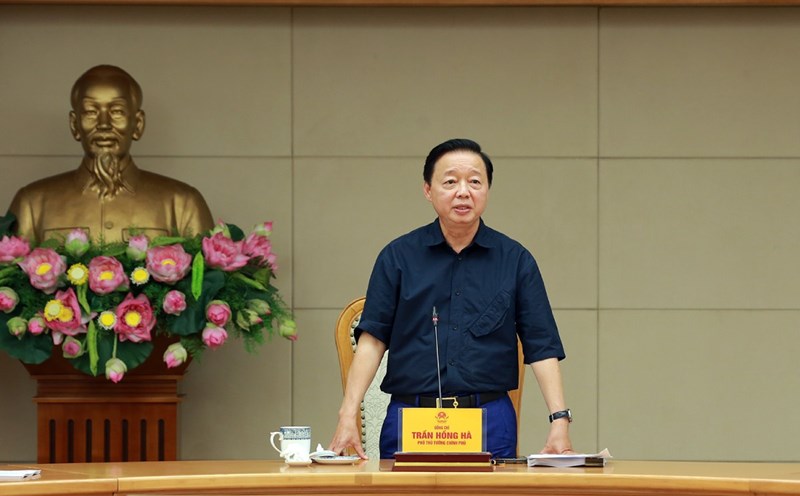There are licensing regulations but people still illegally build them
On the morning of November 6, the National Assembly discussed in groups the draft Law on Construction (amended).
Delegate Tran Hoang Ngan (HCMC Delegation) supported the shift from pre-inspection to post-inspection of construction projects and works, but it depends on the works.
If large projects of scale reach the regional and national security level and are completed after inspection if any problems occur, the consequences will be great.
According to delegate Ngan, many projects have recently been completed and cannot be put into use. Then the inspection and examination took place, so there was a problem with the initial pre-inspection. Therefore, we must pay close attention to this point of view.
Delegate Ngan gave an example: Recently, many projects have collapsed due to natural disasters and floods, many of which were not in accordance with construction standards.
"That project was built according to the standards of being able to withstand earthquakes of level 5 and level 6, but only a minor earthquake would cause it to collapse," the delegate analyzed.
Regarding the shortening of construction permits and removal of construction permits in places with planning in the draft law, the delegate supported, but he suggested that there should be a strict inspection.
"Large urban areas are in the process of urbanization, when there are licensing regulations but people are still illegally constructing them. Now if we do not issue new construction permits, how will they be managed and the impact needs to be assessed," the delegate said.
The delegate suggested that the regulation on applying for small repair licenses from people should be abolished immediately and switch to post-inspection.
"For people's housing, I think post-inspection is reasonable. Because when a house leaks or the roof flies away, people have to repair it. But when the new residents poured sand into the sand truck, the construction inspectors immediately sent it down. Thus, those stages make them very difficult, the delegate expressed his opinion.
If there is no construction permit, no one will know
Delegate Nguyen Thi Yen (HCMC Delegation) is interested in the regulations on appraisal teams. According to the delegate, we have previously established many appraisal units and many consulting units. Therefore, the responsibility of the consulting unit is also unclear. Similarly, the appraisal team is the same.
This leads to a situation where when works and projects do not comply with regulations and the quality of the works is not guaranteed, it is not known who is responsible.

Regarding licensing and exemption from licensing in changing functions, the delegate said that the authority is mainly assigned to the provincial level, and rarely assigned to the commune level. Meanwhile, the commune level is the main implementation level.
"Currently, we are exempting construction permits from the people. But how is it exempt? If the project is right on the road, it is mandatory to build 3 floors.
However, if people do not research carefully and build 4 floors, who is responsible for managing this responsibility? Or the wrong design, wrong regulations, so who is responsible? The commune level must take responsibility for this," said the delegate.
According to the delegate, for provincial-level projects, even if they are licensed by the Department of Construction, the locality must manage them and know them. Because there are works and projects above the licensing level that the locality does not know everything about. Therefore, no one knows if there are changes in scale, design or lack of construction permits.
"When the commune came down to ask, there was no license but that was the responsibility of the province. Therefore, I suggest that if any projects are located in a locality belonging to a commune or ward, they must inform that locality so that they are responsible for managing the area," the delegate said and suggested that there must be close coordination between all levels, sectors and localities.











